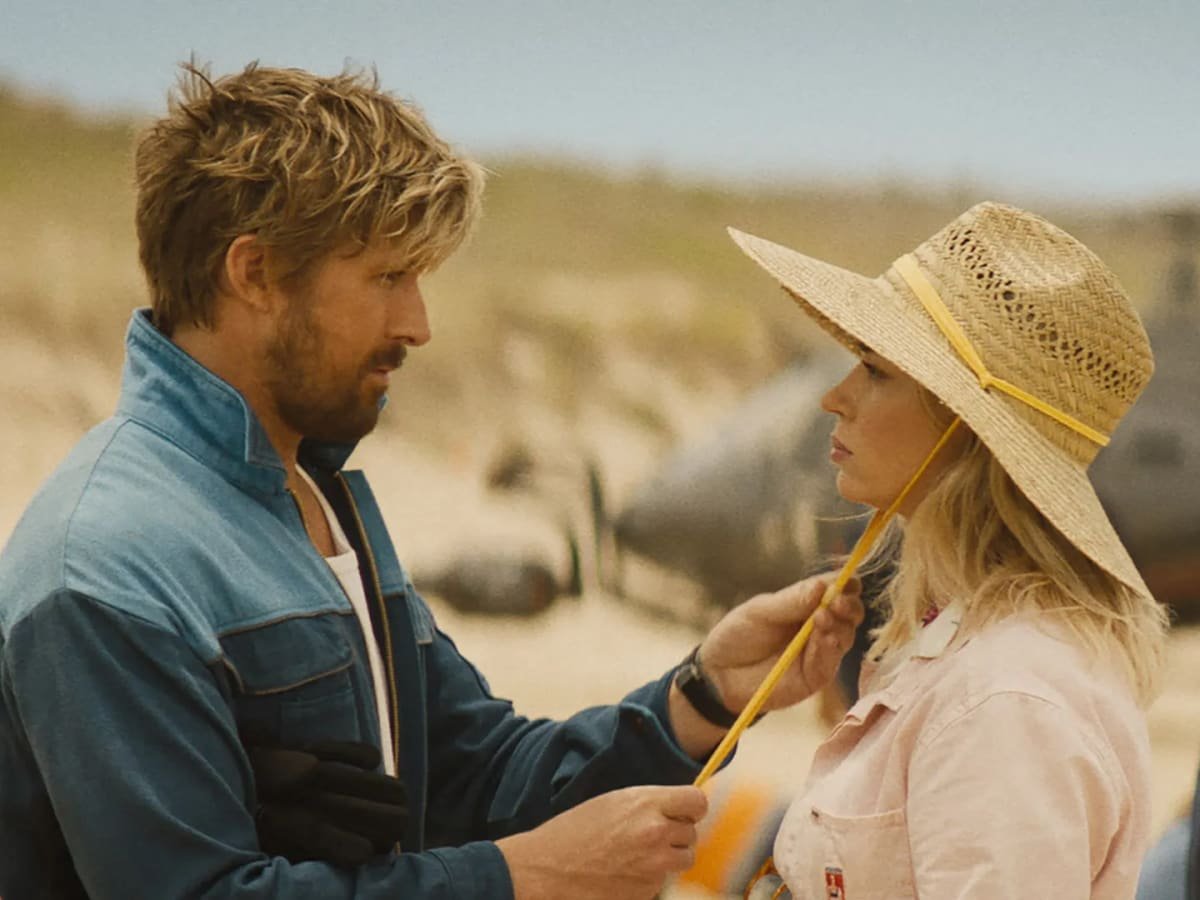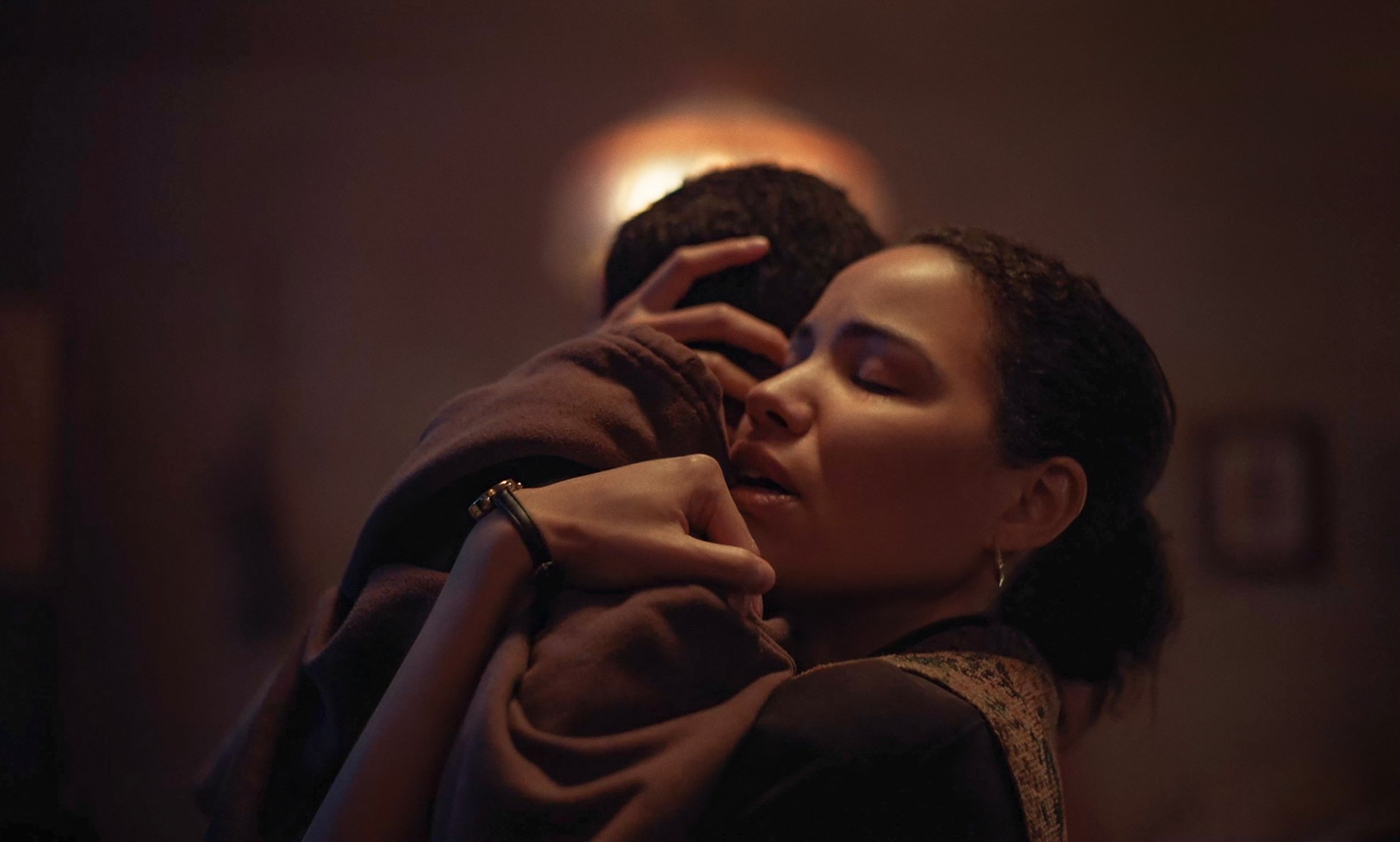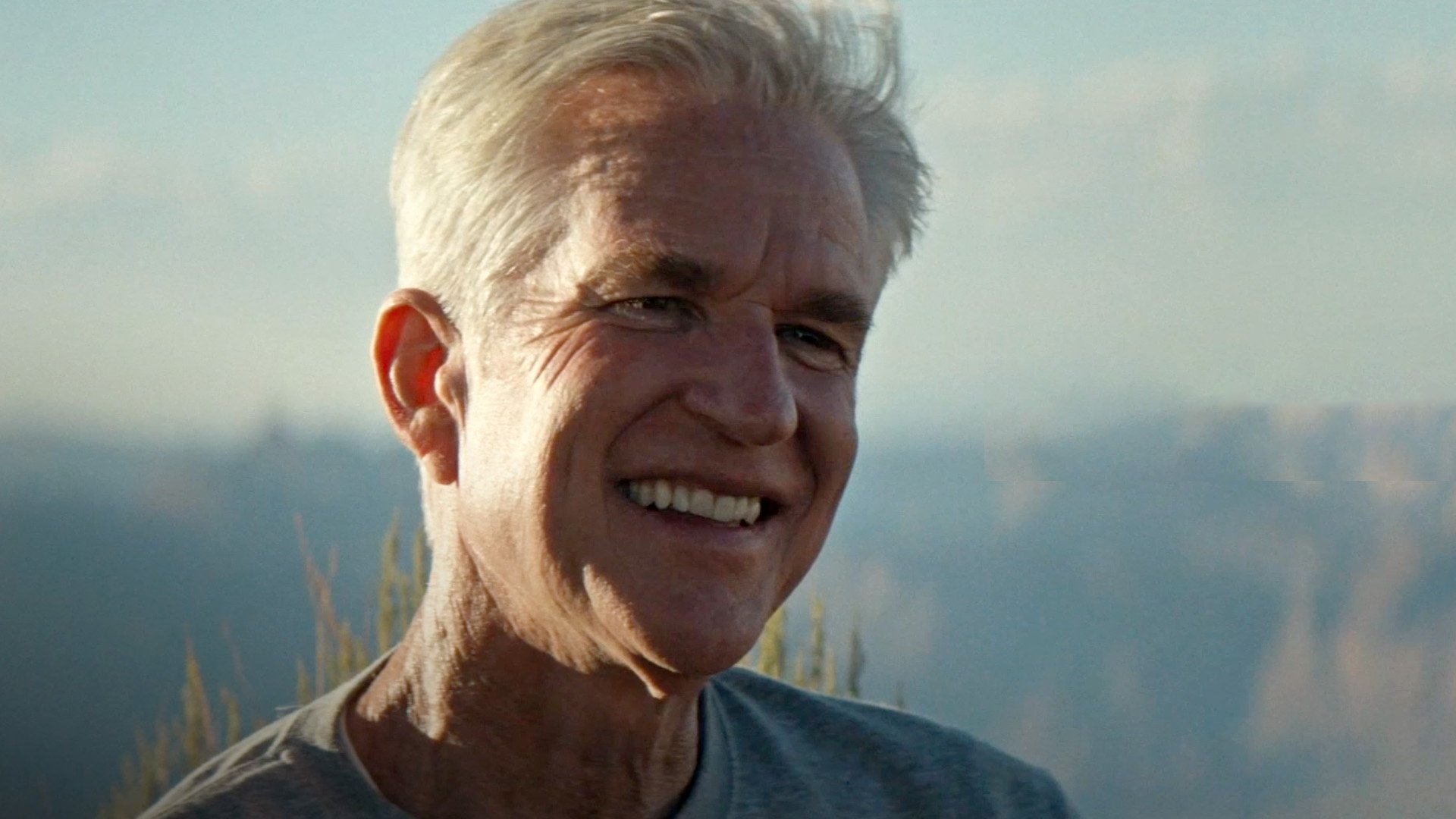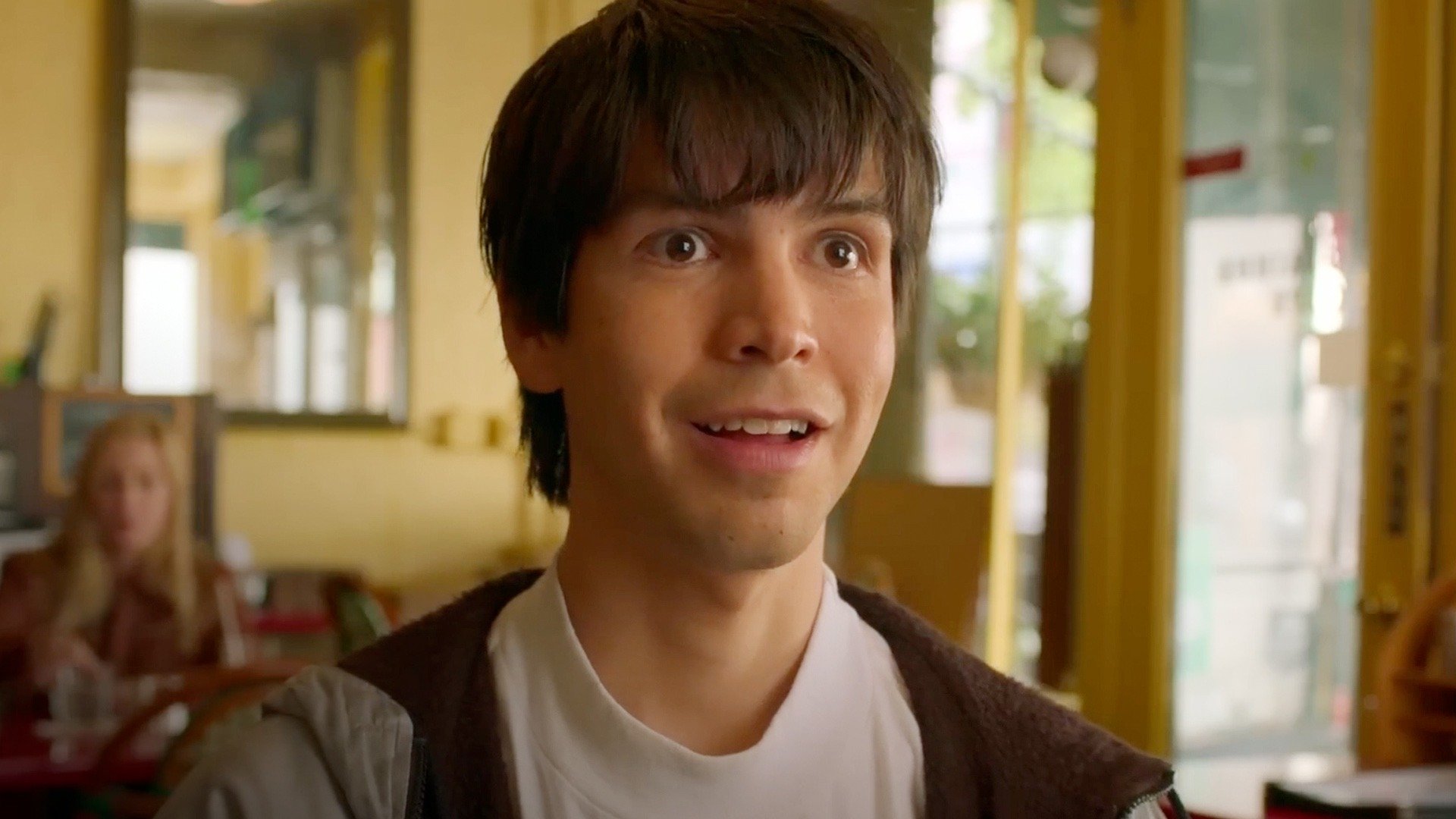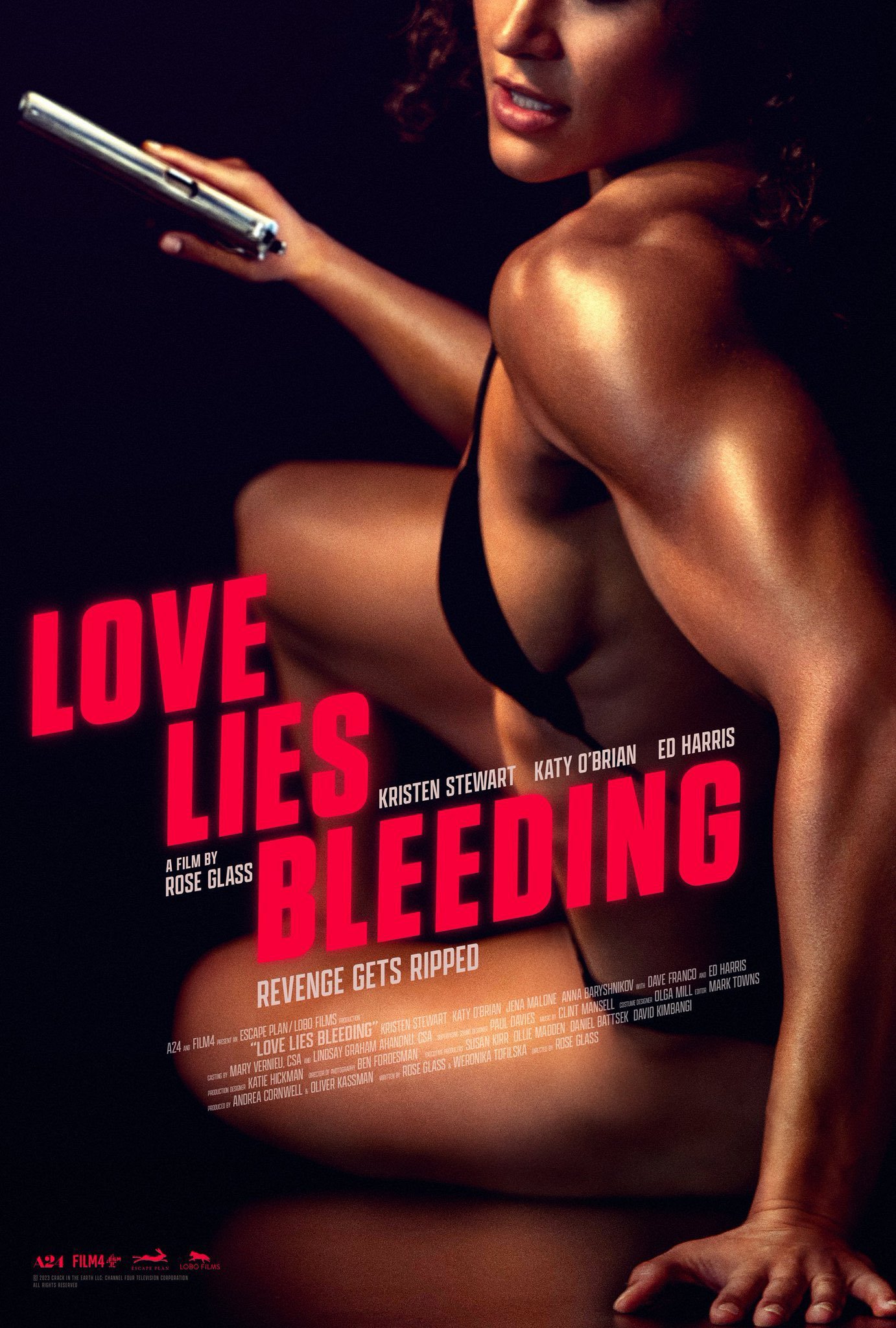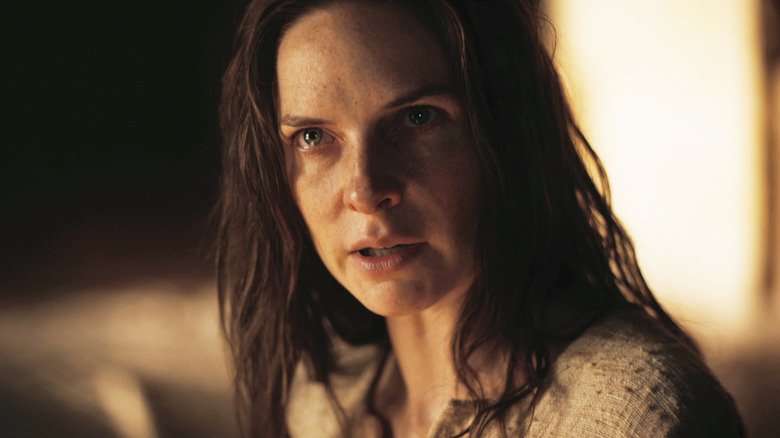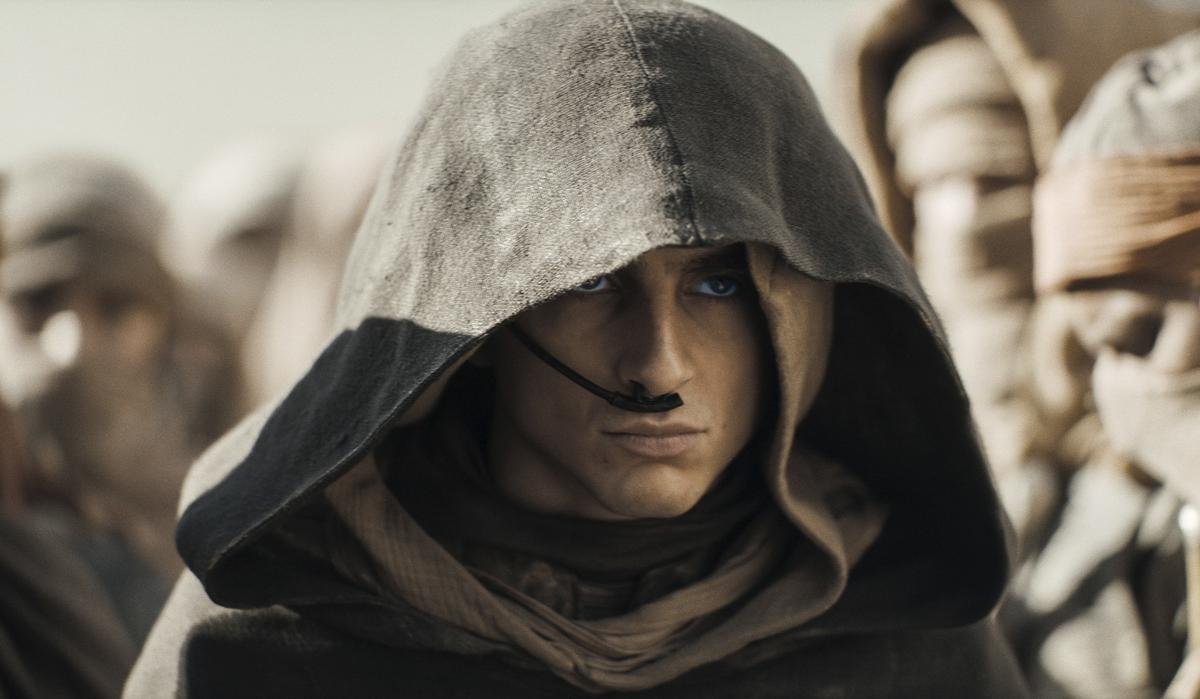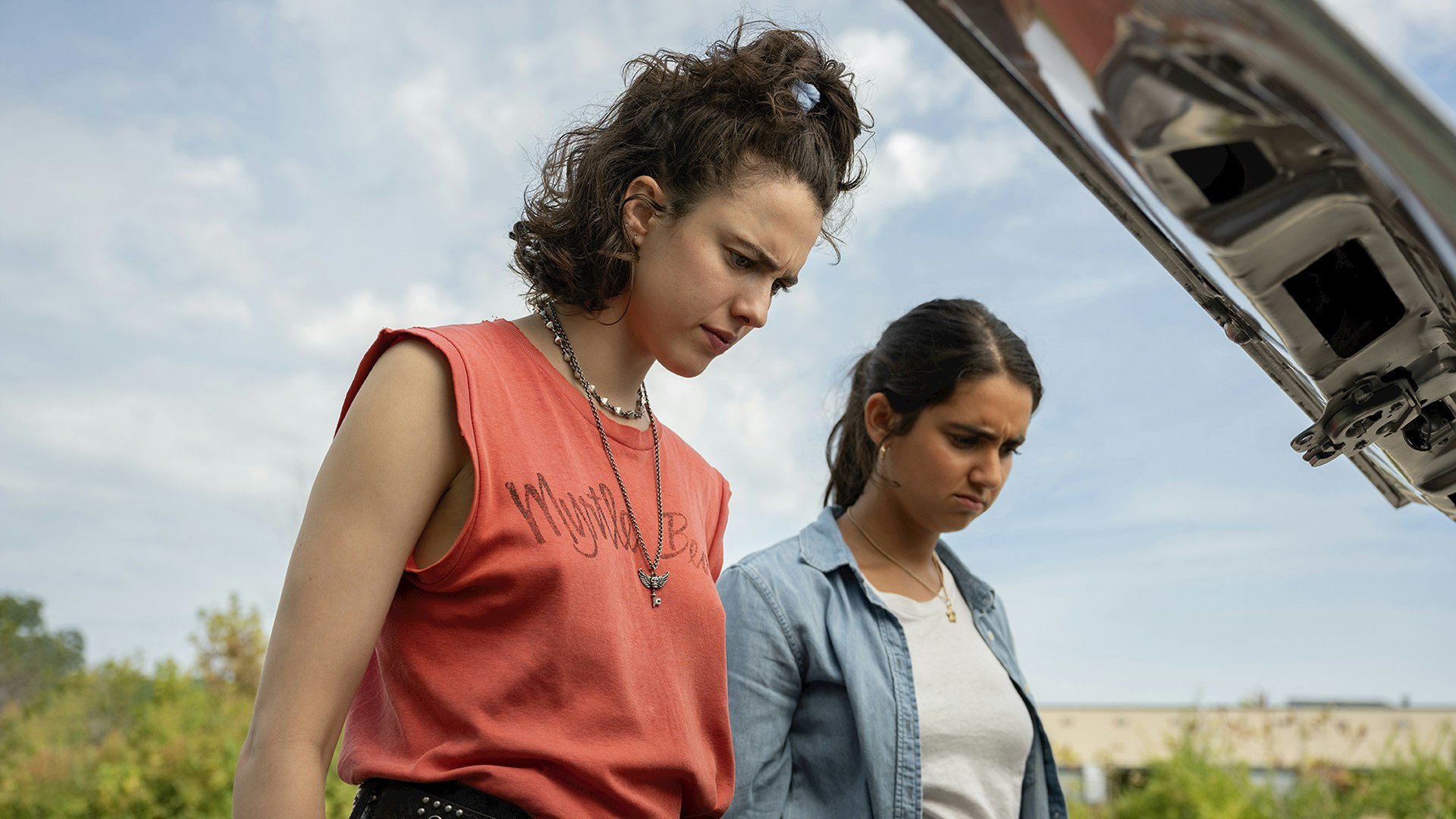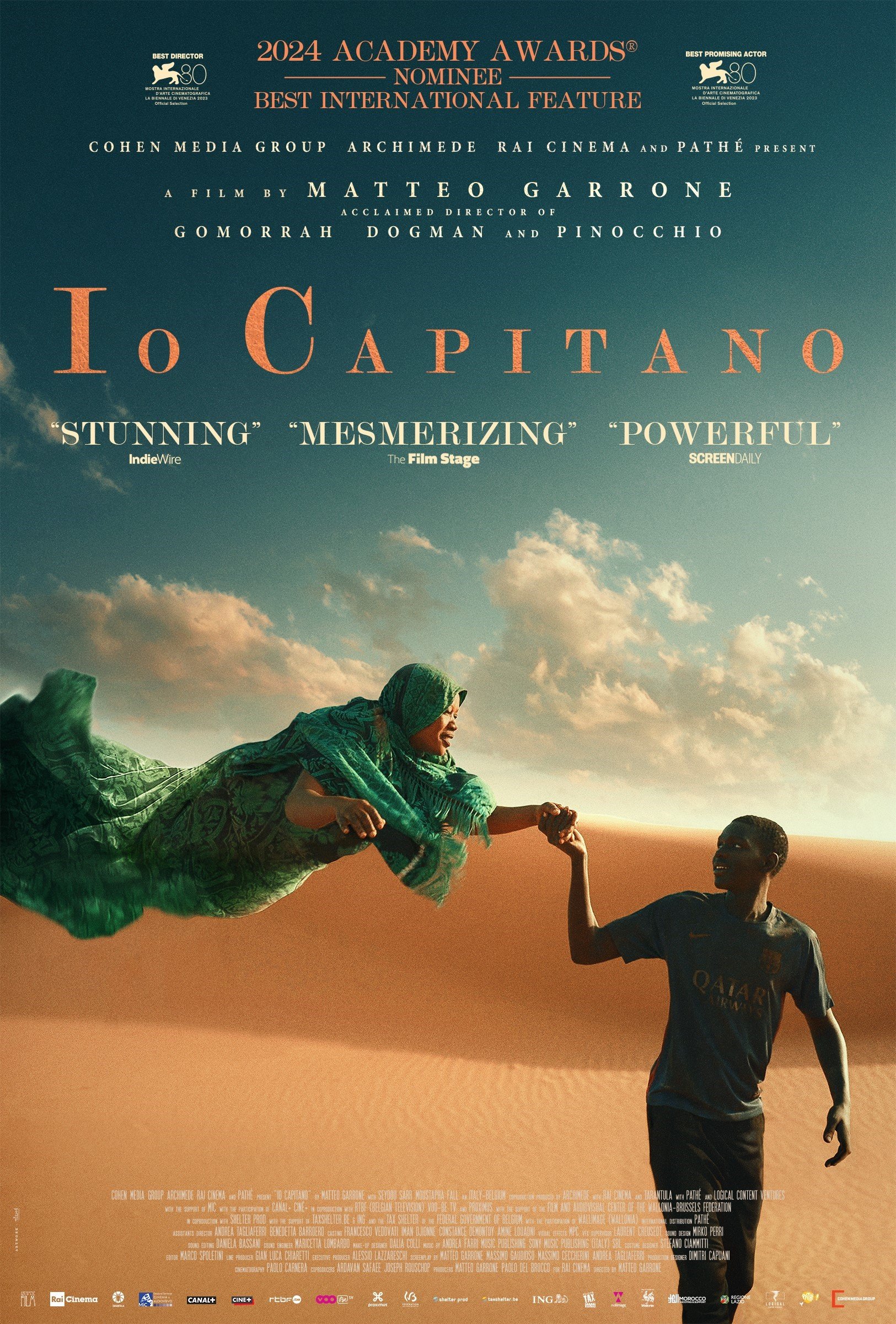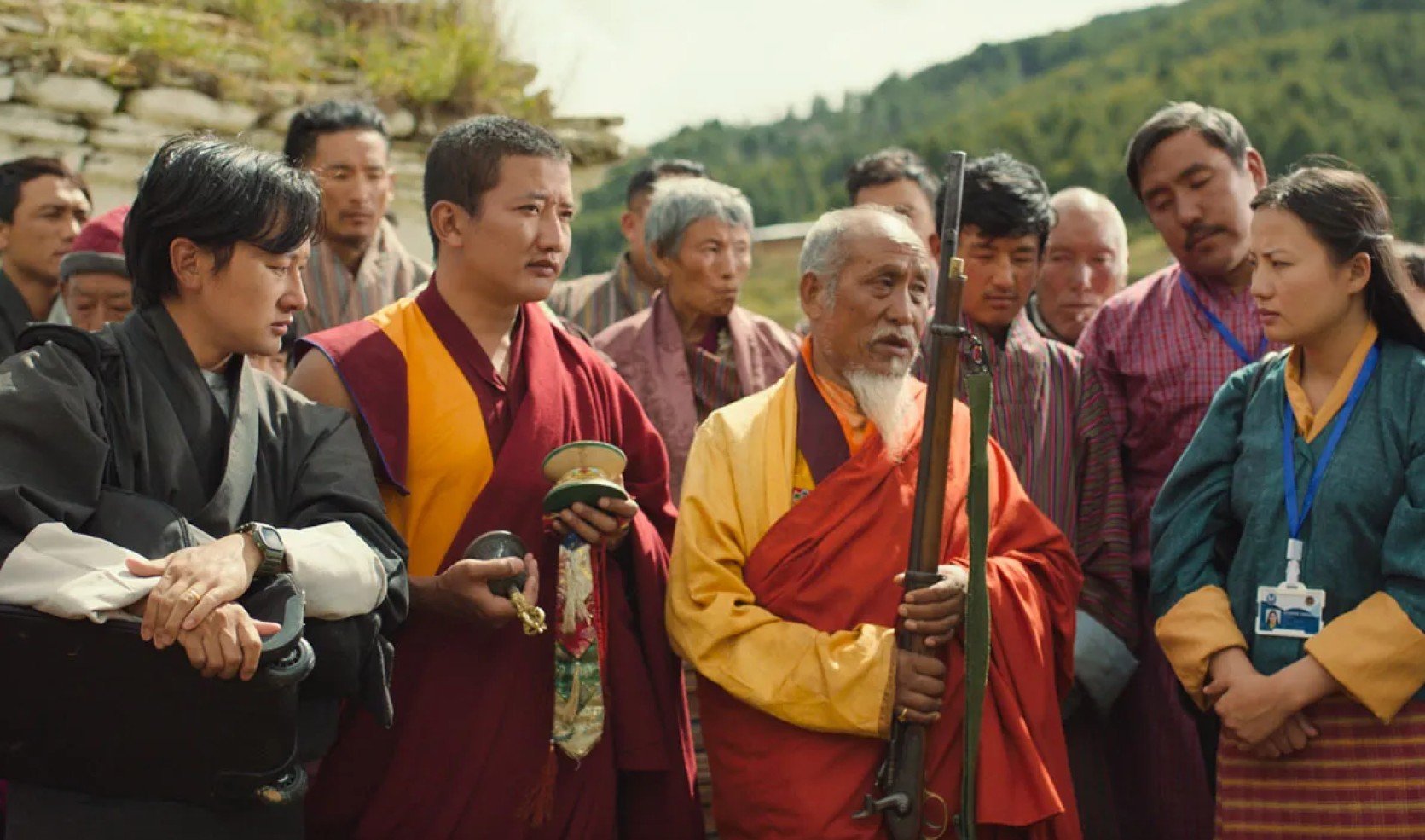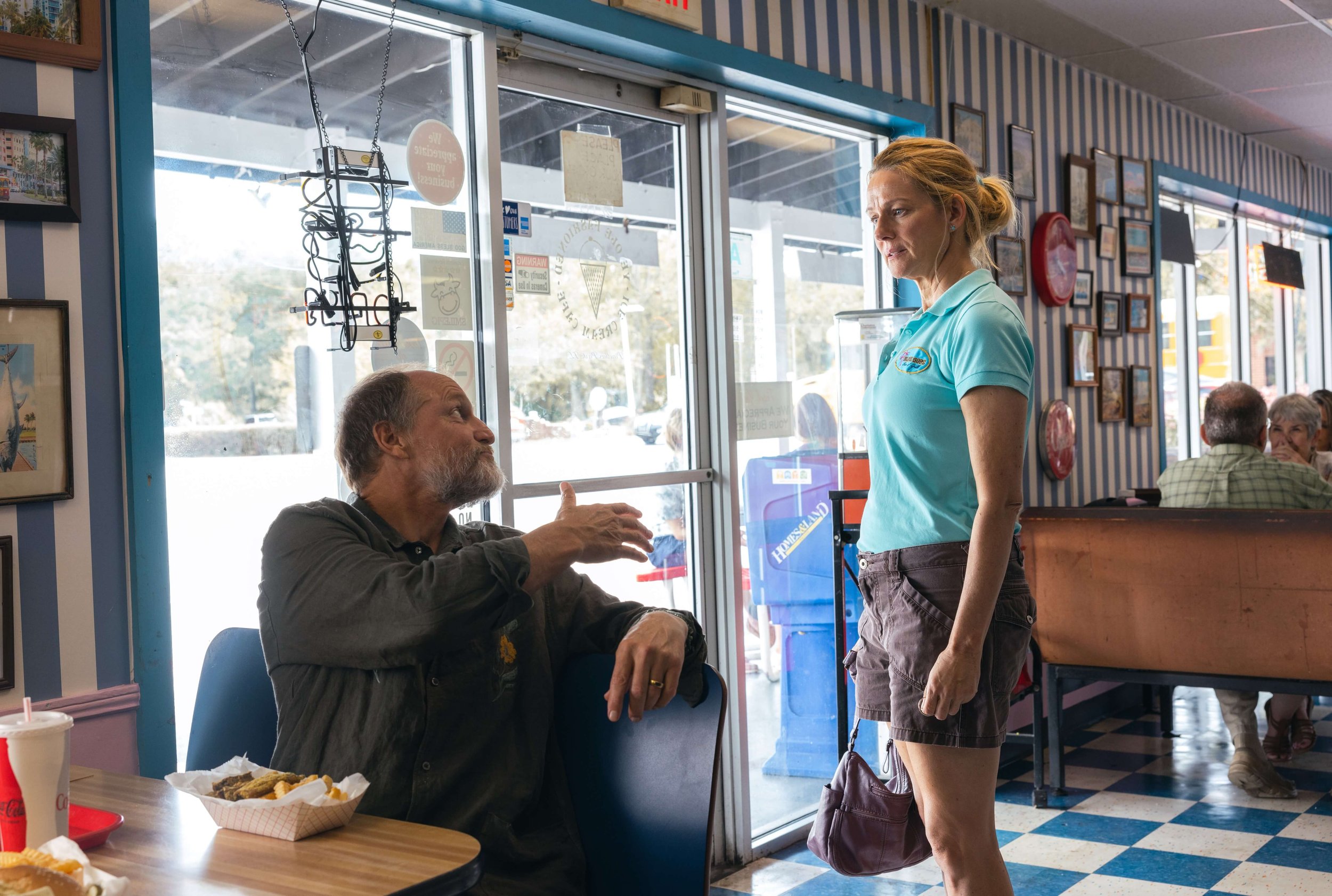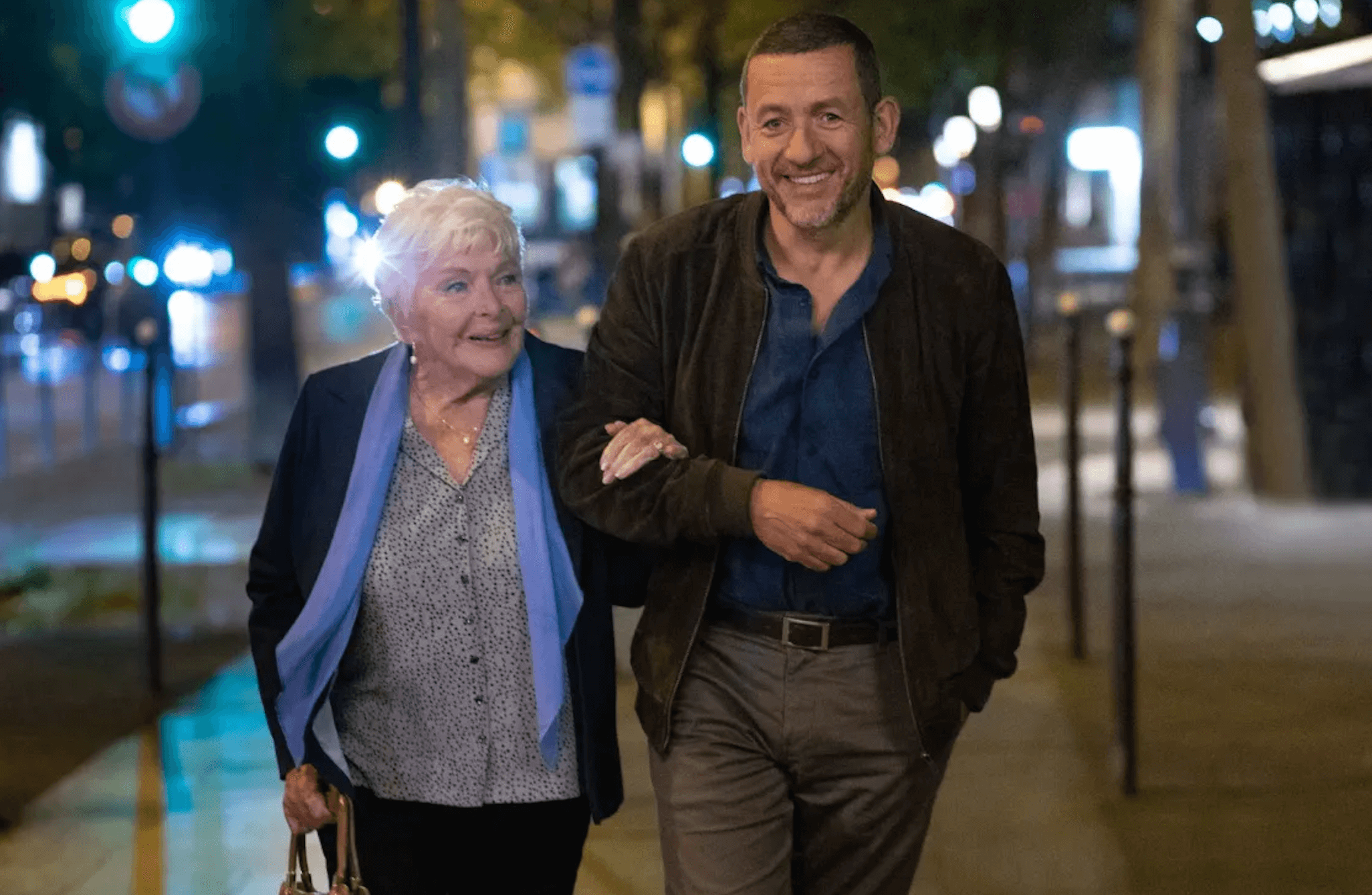Directed by: Michael Showalter.
Written by: Michael Showalter and Jennifer Westfeldt.
Starring: Anne Hathaway, Nicholas Galitzine and Ella Rubin.
Runtime: 115 minutes.
‘The Idea of You’
At what cost comes a woman’s happiness?
Because there’s always a price to be paid when a woman seizes pleasure and dares to put her needs first: the sideways looks and judgments of strangers, the disappointment of family and friends, relentless public scrutiny. At what point does the pain of the cost outweigh the satisfaction of the pleasure, and why does everyone care so much anyway?
They are questions asked with welcome care in Michael Showalter’s “The Idea of You,” a mature rom-com with emotional heft co-written with Jennifer Westfeldt (“Kissing Jessica Stein”) in which a 40-something woman’s consenting, joyous dalliance with a 20-something popstar becomes everybody’s business.
Anne Hathaway brings her earnest, endearingly gawky charm to Solène Marchand, a divorced art gallery owner still licking the wounds of her ex-husband’s betrayal. The last thing on her mind is romance, never mind with smoldering but sensitive Hayes Campbell (Nicholas Galitzine), the tattooed heartthrob of the world’s biggest boy band, August Moon.
Their meet-cute is an accident, when a full bladder at Coachella sends Solène careening for the nearest bathroom – which happens to be in the trailer of her daughter’s teenage crush. She’s merely playing chaperone to a group of teenagers and is embarrassed, but not starstruck, to have intruded on the 24-year-old singer’s inner sanctum.
Hayes, so often beset by twitterpated teens and shallow groupies, finds himself intrigued by a fully formed, self-possessed older woman who doesn’t seem interested in so much as a selfie with him – so intrigued that he takes the initiative to track down Solène at her art gallery, paparazzi be damned. Solène is flattered but bemused. Why on earth would a young, attractive, global pop star with his pick of the world’s hottest supermodels want to have anything to do with a 40-year-old divorced mom?
While the answer may be obvious to viewers in the thrall of Hathaway’s megawatt charm and Hollywood glamour, it isn’t apparent to insecure Solène, who’s been beat down in life and love by lesser men than Hayes. She needs to give herself permission to give into the fantasy as she’s tirelessly pursued and wooed by Hayes. But when the relentless societal pressure and press exposure start to play hell on not just her life but her daughter’s, Solène is forced to weigh her happiness against its cost.
Intentional or not, one can’t help but see a resemblance to the much publicized and ultimately ill-fated relationship between One Direction heartbreaker Harry Styles and older mom of two Olivia Wilde in this adaptation of the 2017 novel of the same name by Robinne Lee. Hathaway brings emotional vulnerability and Galitzine genuine tenderness to two characters ripped from the headlines, and it makes for an unexpectedly moving arc in what easily could have been titillating fan fiction. (Steamy sex scenes rooted in a 40-year-old woman’s pleasure don’t hurt).
Director Showalter (“The Big Sick,” “The Eyes of Tammy Faye”) and co-writer Westfeldt delivered instead a thoughtful rom-com for adults that should have all of us re-assessing our knee-jerk reactions to a woman enjoying life on her terms with enthusiastic consent.
Barbara’s ranking
3/4 stars







